Should I buy a DSLR in 2021?
If you're hoping to get serious about photography or video, you'll no doubt have heard about DSLR and mirrorless cameras. But which camera type is better? And should DSLRs really still be the default choice for your first 'proper' camera?
In this guide, we won't be going in-depth on all the differences between the two camera formats. You can read about that in our DSLR vs mirrorless feature. Instead, we'll be using our huge experience in reviewing both DSLRs and mirrorless cameras to tell you which format is best for different types of photographer – and whether you should still consider buying DSLRs, full stop.
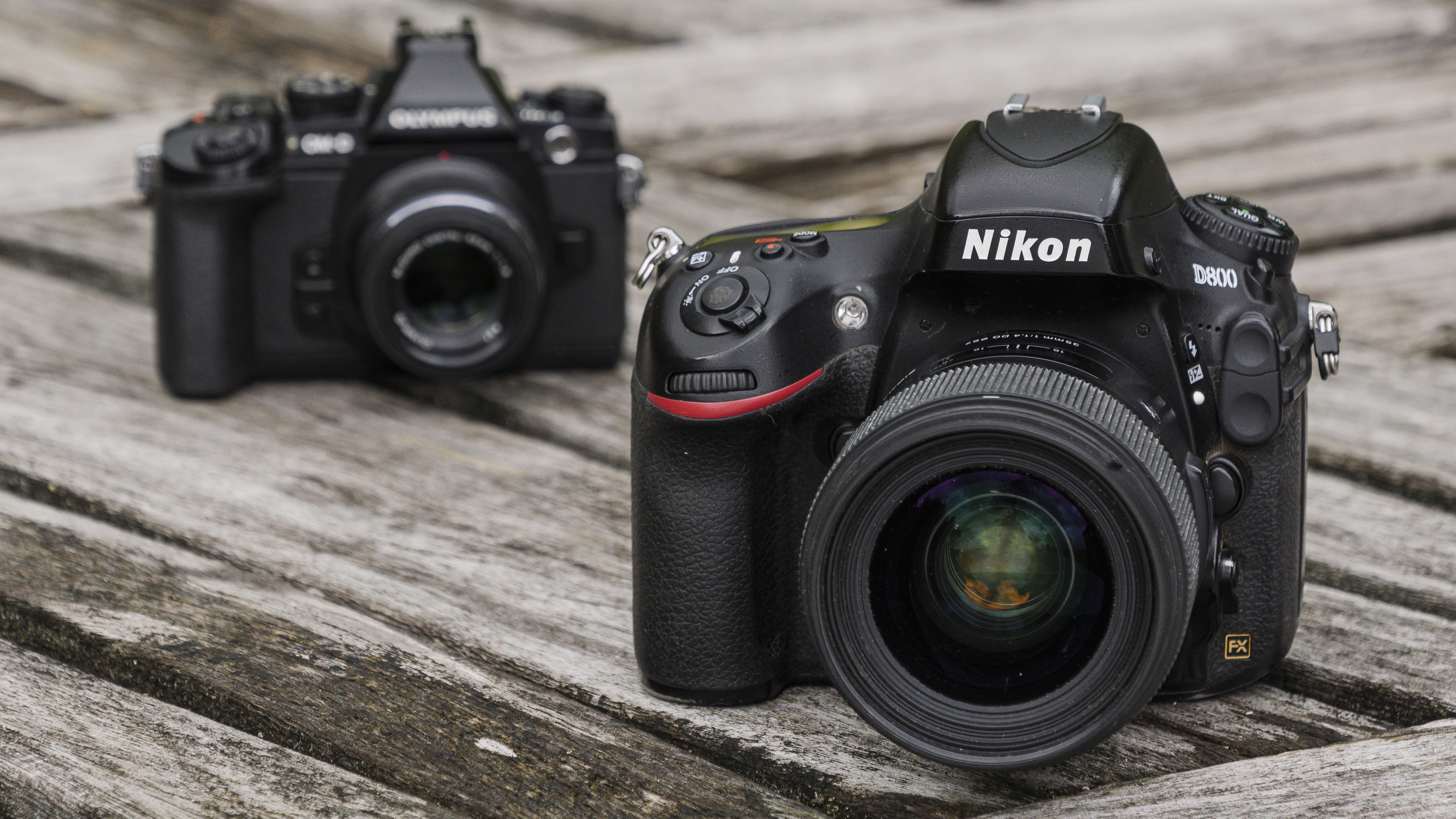
Most major camera brands have started to leave the classic DSLR format behind, but that doesn't mean we should follow blindly. Sure, mirrorless cameras are where you'll see the most innovation – the real improvements to DSLRs are now just borrowed mirrorless tech, as shown by the likes of the Canon EOS 1D X Mark III.
On top of that, Nikon has announced plans to focus on mirrorless development, and Sony recently removed its remaining three DSLR cameras from its website, suggesting it's doing the same.
So the question is, have we reached the tipping point where we can't in good faith recommend DSLR cameras anymore? Or are there still good reasons to pick up a new DSLR today? Let's dive in and run you through all the reasons you should (or shouldn't) buy a DSLR in 2021.
- These are the best DSLRs you can buy today
- Or check out our guide to the best beginner DSLRs
- Read our guide to the world's best best mirrorless cameras
Design: DSLR vs mirrorless
The only universal difference between DSLR and mirrorless cameras is the viewfinder design. A DSLR uses an optical viewfinder that gives you a 'naked eye' experience, while mirrorless cameras feature an electronic viewfinder with a digital display (aside from some rangefinder-style mirrorless cameras).
Each viewfinder type has advantages that boil down to a 'feeling'. An electronic viewfinder can provide genuinely useful information such as real-time exposure display and manual focus peaking. However, the feel of using a naked eye optical viewfinder hasn't yet been replicated digitally.
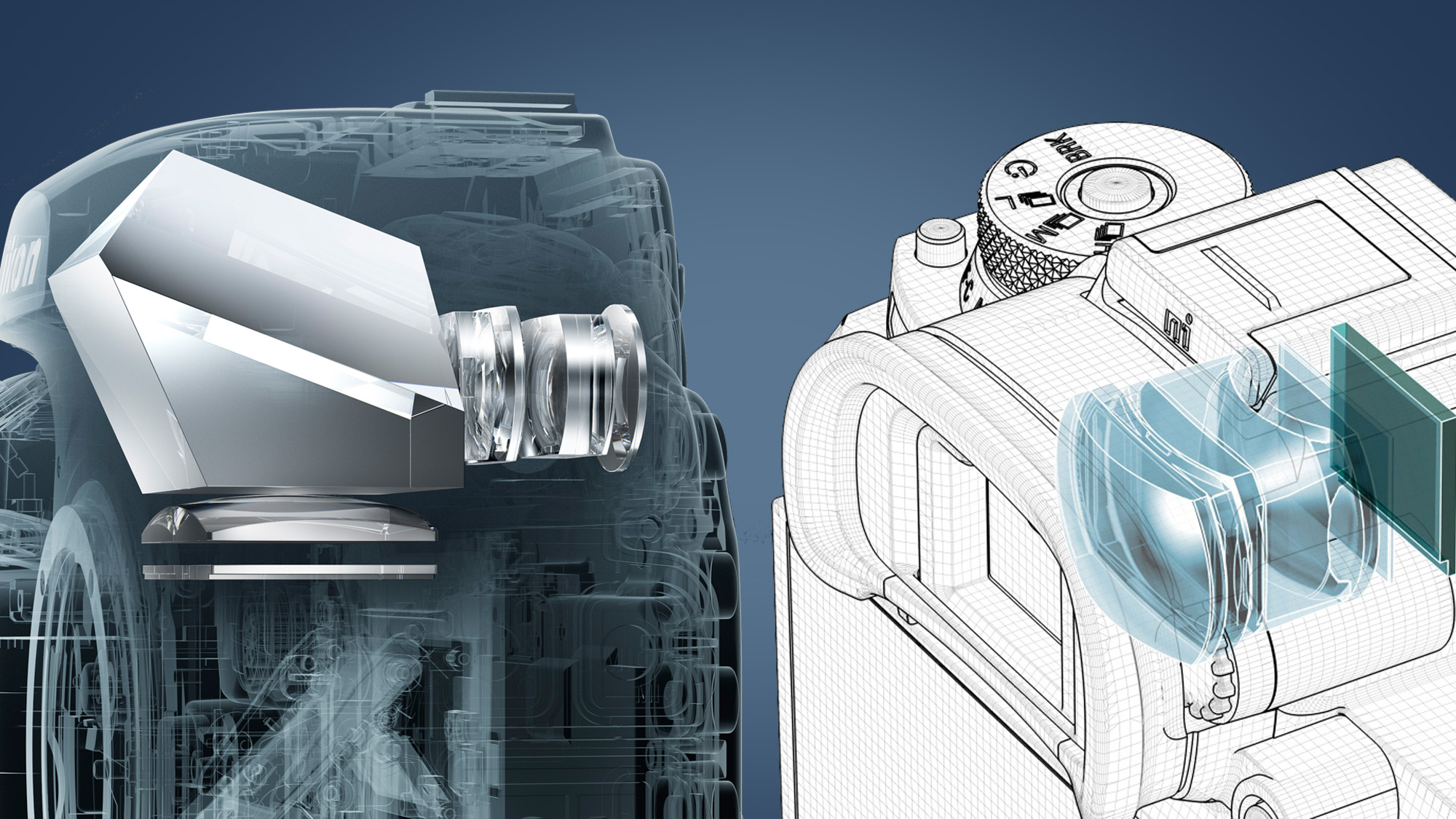
There is a caveat though; to really get the benefit of an optical viewfinder you'll want a large one to really feel immersed in a scene. For that, you'll want the new Pentax K-3 Mark III or full-frame DSLRs like the Canon EOS 5D Mark IV or Nikon D850. Small viewfinder displays in low-cost DSLRs like the Canon EOS 850D don't quite cut it for more advanced shooters.
A lot is made about camera size, too. Many existing DSLR users prefer the chunky design and pronounced handgrip of larger models, which is partly a result of that optical viewfinder and its accompanying mirror. If this is your style, you shouldn't let be put off mirrorless cameras though – not all mirrorless cameras are smaller and there are plenty of chunky 'DSLR-style' options around like the Panasonic Lumix S1.
On the subject of size, mirrorless lenses are generally no smaller than like-for-like DSLR lenses, which can negate the small-size advantage of the camera. So size is more of a camera-to-camera comparison than a generalization in the mirrorless vs DSLR debate.
Are DSLRs really cheaper?
If you're looking to buy an interchangeable lens camera for the first time, a new mirrorless camera will cost a little more than its new DSLR equivalent.
However, it's when you start building a mirrorless system that the cost shoots up, with mirrorless lenses costing anywhere between 10-50% extra over DSLR equivalents. For example, a standard 50mm f/1.8 lens will cost around 35% more than the DSLR equivalent. It's partly down to lens design which we'll get on to, but these are big margins.
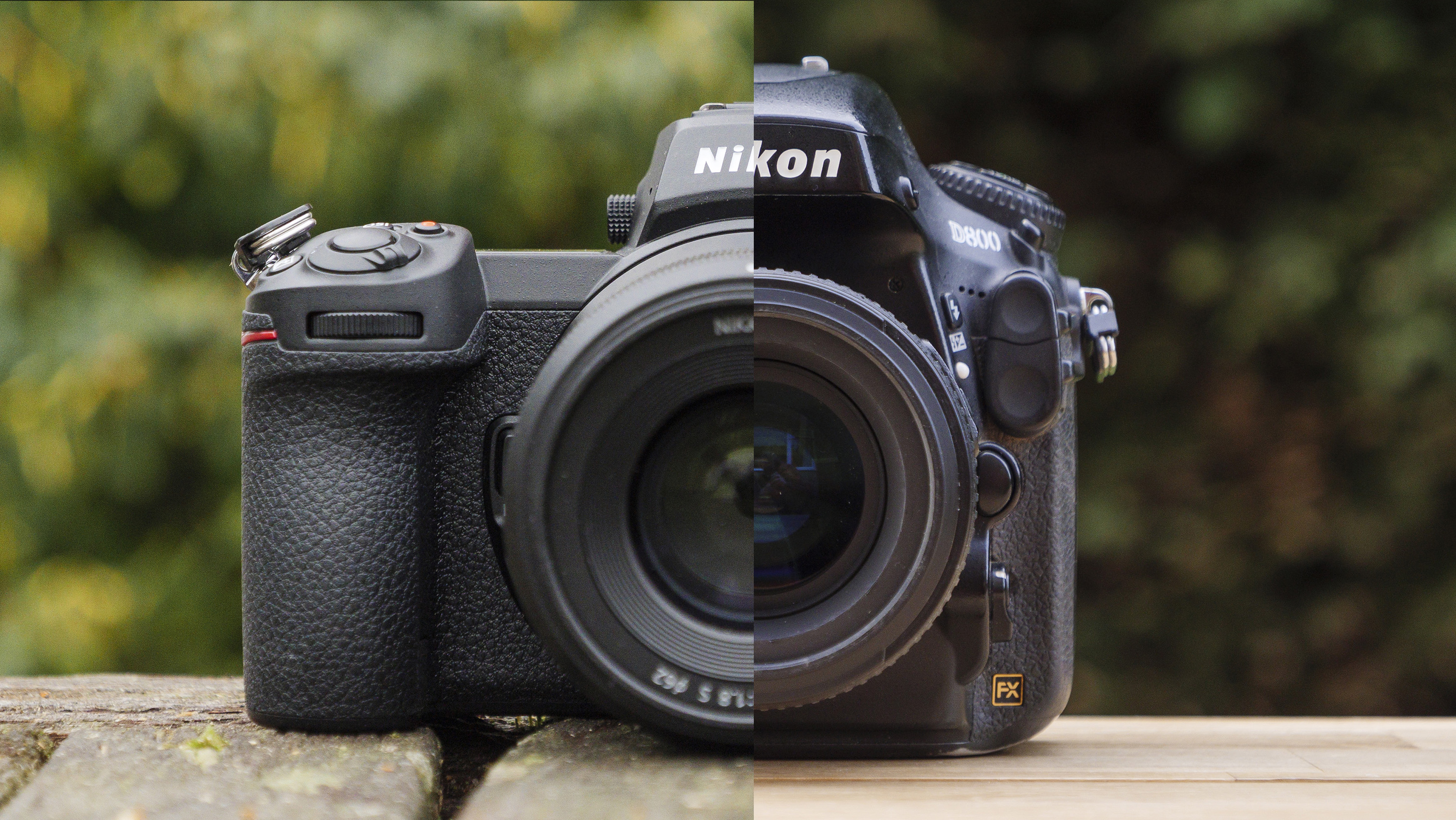
In our feature about how to decide about switching from an old Nikon DSLR to a Nikon mirrorless camera, and the main restriction was the cost of the switch. Moving from one system to another is never cheap, even within the same brand. This is something that's worth bearing in mind when choosing between a DSLR and mirrorless camera – it pays to look long-term.
On the other hand, there's the used camera market, with DSLR cameras and lenses more readily available secondhand and at a fraction of the cost – usually about 50% less than new for very good to excellent condition models. Bang for buck, DSLR wins in most cases.
A more even fight is with the original mirrorless camera format, Micro Four Thirds. Being more than ten years old, the Panasonic and Olympus systems are well developed, with plenty of used camera and lens bargains to be had. And Panasonic has just given the system a shot in the arm with the dual announcement of the Panasonic GH5 Mark II and Panasonic GH6.
What about lenses?
Unsurprisingly, there are way more lens options for DSLRs than mirrorless cameras. After all, brands like Nikon have been designing F-mount lenses since the 1950s. But cost and variety aside, it's worth asking a broader question – how many lenses do you really need? Most mirrorless systems will now have the right lens for virtually any scenario.
Then there is the question of lens quality. It stands to reason that we have seen an improvement in optic design with mirrorless tech. Take the larger Nikon Z mirrorless lens mount over the Nikon F DSLR lens mount, for example – the Z-mount's larger diameter and shorter flange distance (the space between the sensor and lens mount) mean lens designers can simply make better optics.
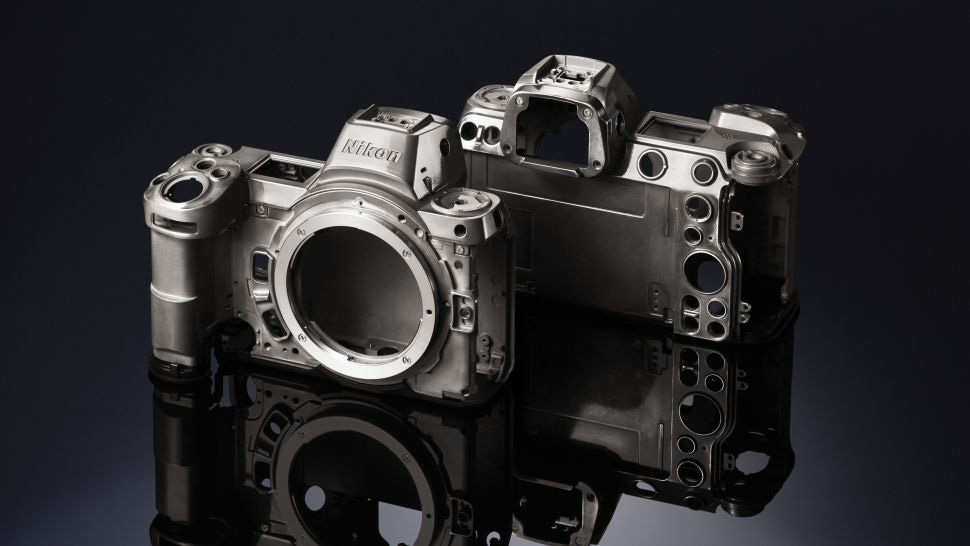
The design of many new mirrorless lenses is more complex, providing improved edge-to-edge sharpness and control of lens distortions, such as chromatic aberration, especially when shooting with a wide aperture. We've compared the Nikon 50mm f/1.8 Z (mirrorless) lens and the Nikon 50mm f/1.8 G equivalent (DSLR) and the difference is clear, though quality evens out as the aperture is stopped down.
Also, some autofocus issues have been solved with mirrorless. For example, back-focusing can be a problem with many Nikon DSLR lenses, bringing in the need for lens calibration. There's no such problem with mirrorless – they are good to go out the box. Again, these points are not universal, but it's clear that while DSLR lenses are more affordable (particularly second-hand), the performance of mirrorless lenses does often justify their premium.
- These are the best Canon lenses you can buy for DSLRs right now
- Or check out our guide to the best Nikon lenses for its DSLRs
- Read our guide to the best Canon RF lenses
Do DSLRs take better photos?
DSLRs and mirrorless camera bodies are very similar when it comes to the image quality produced by their sensors. What's more important are the surrounding factors, like lenses, that can impact your photo quality. And it's here that mirrorless cameras again have the edge.
For starters, their lenses have newer designs, which as we've discussed usually means improved image quality at wider apertures when compared to their DSLR equivalents. But there are some other features that work in their favor, too.
There's no need for lens calibration on mirrorless cameras, which means peace of mind with autofocus issues. The in-body image stabilization (IBIS) found on some mirrorless bodies also enhances handheld shooting and lets you shoot at lower ISOs when there's less available light.
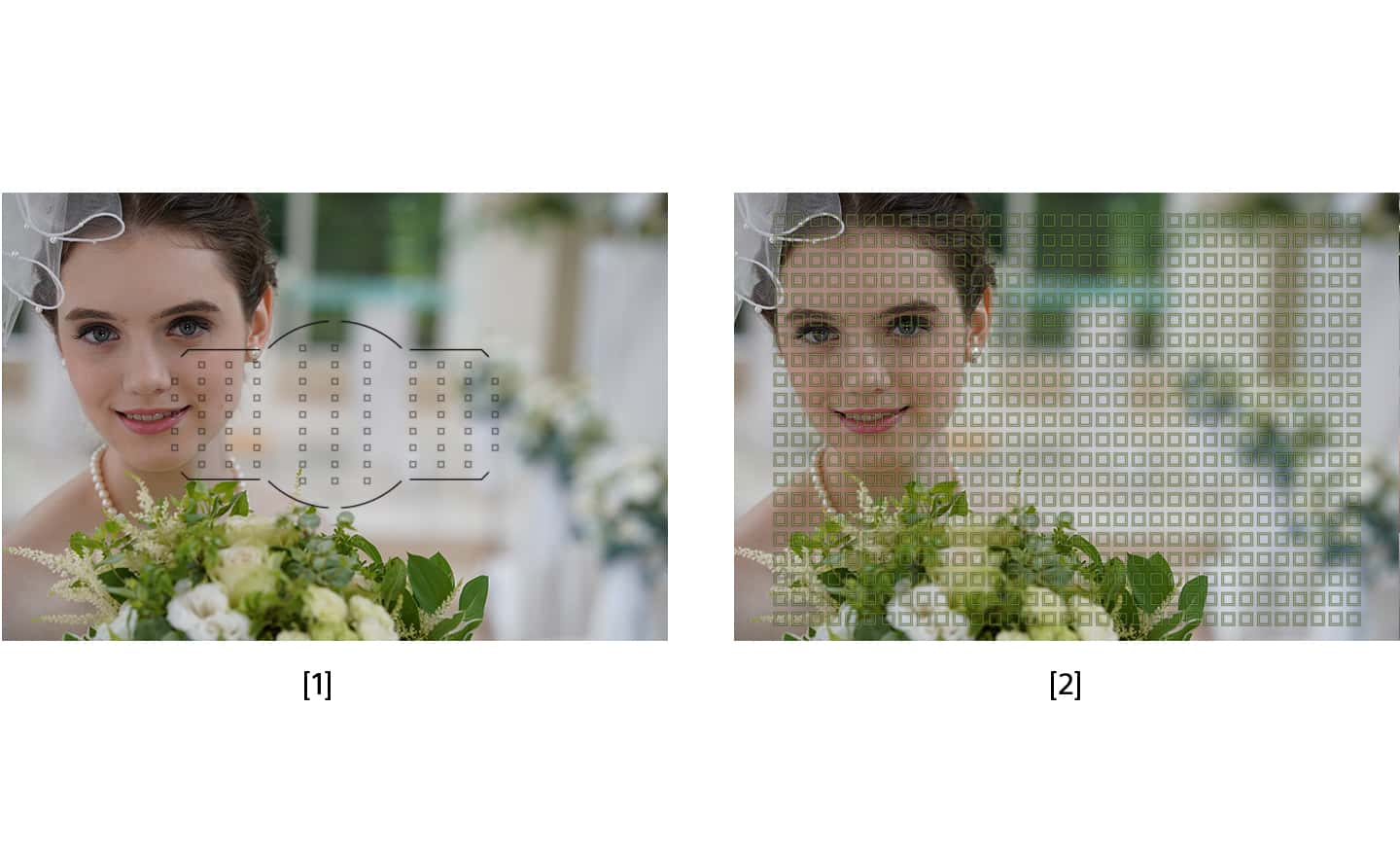
Then there's the wider range of autofocus modes on mirrorless bodies, such as eye-AF, to ensure pin-sharp focus for portraits. Plus silent shutter, manual focus aids...the list goes on. Many of these advantages aren't because the mirrorless format is inherently better than the DSLR, but because they tend to be newer and so get the latest tech.
So while the best DSLRs can certainly match mirrorless cameras (and sometimes surpass them) for image quality, these extra tools can ultimately help improve your hit-rate. Particularly when you factor in that mirrorless cameras offer a more intuitive shooting experience for those who are coming from a smartphone.
Do DSLRs have better battery lives?
In a like-for-like comparison, you'll generally find that DSLRs will have a significantly longer battery life than mirrorless cameras. However, you'll need to be using the optical viewfinder and not the Live View display on the back of the camera to enjoy the benefit.

Also, the comparison can start to become blurred thanks to most new mirrorless cameras offering on-the-go USB-charging. If you're happy to carry around a power bank in your bag to stay topped up (or some old-fashioned spare batteries) then you can find ways to keep your mirrorless camera alive on longer shoots.
Verdict
If you're new to the interchangeable lens camera world, we would almost universally recommend a mirrorless camera over a DSLR today. There are still two main factors in favor of the DSLR though; cost and viewfinder.
Are you likely to want to build your system with a few different lenses? If so, the cost will be a lot higher with mirrorless cameras, so you might want to opt for the cheaper DSLR. Of course, that saving only works out if you're not going to be tempted to upgrade to a mirrorless camera in the near future.
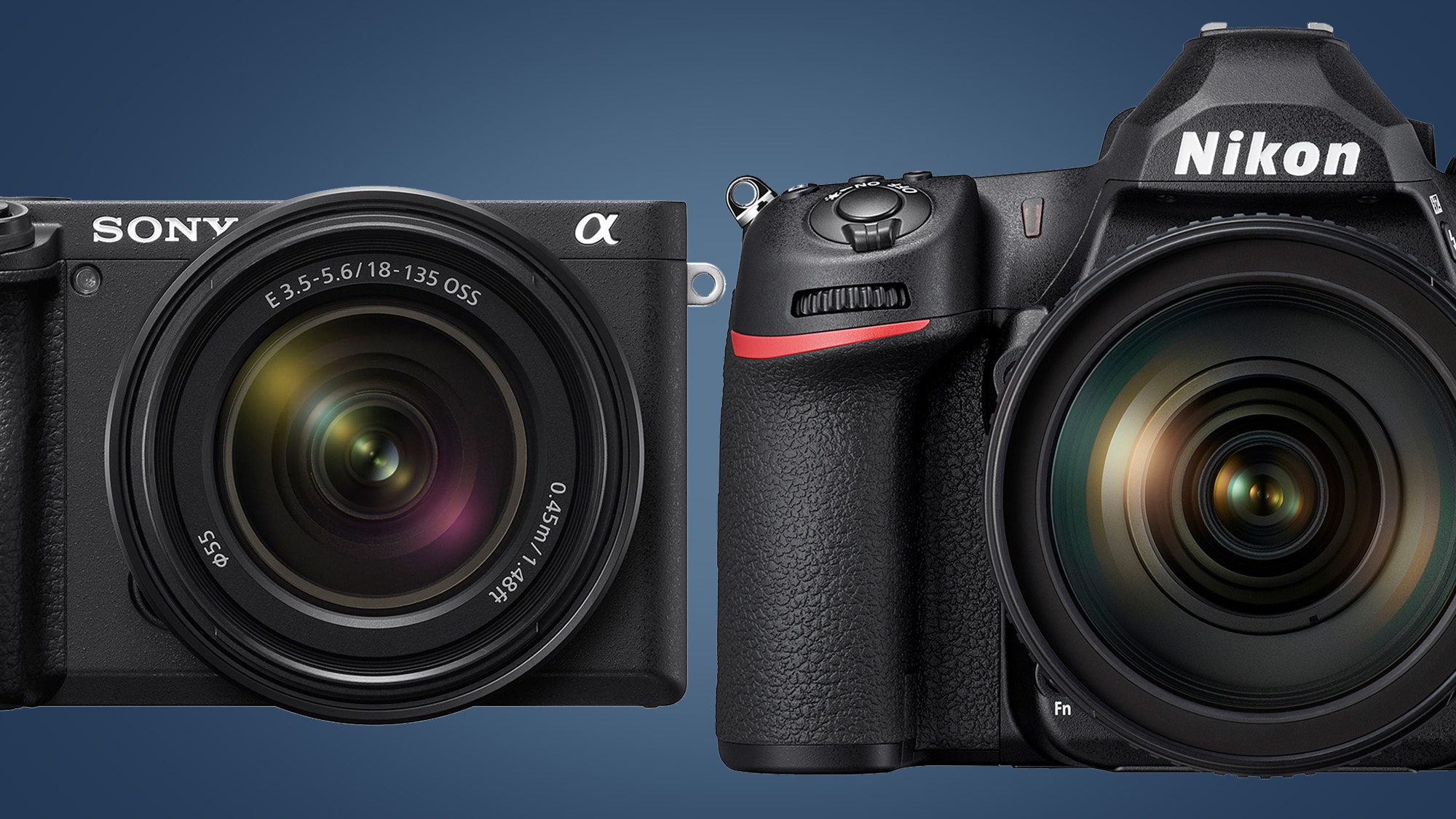
We'd recommend getting your hands on like-for-like DSLR and mirrorless cameras to compare the experience of using an optical viewfinder to an electronic viewfinder. Visiting a local camera store is an excellent place to start. The real tests for electronic viewfinders are low light and action, so see if you can experience both viewfinder types in these scenarios, too.
But otherwise, there are virtually no universal reasons we can recommend a DSLR over mirrorless today. Like the big size of DSLRs? There are chunky mirrorless cameras, too. Think you need the amazing battery life of a DSLR? Use a power bank or buy additional batteries to improve the life of mirrorless. DSLRs and second-hand still offer unbeatable value, but the smarter long-term investment for most people is likely to be a mirrorless camera.
- Best beginner mirrorless cameras: 10 budget options for new photographers
from TechRadar - All the latest technology news https://bit.ly/3c2ZX2r

No comments